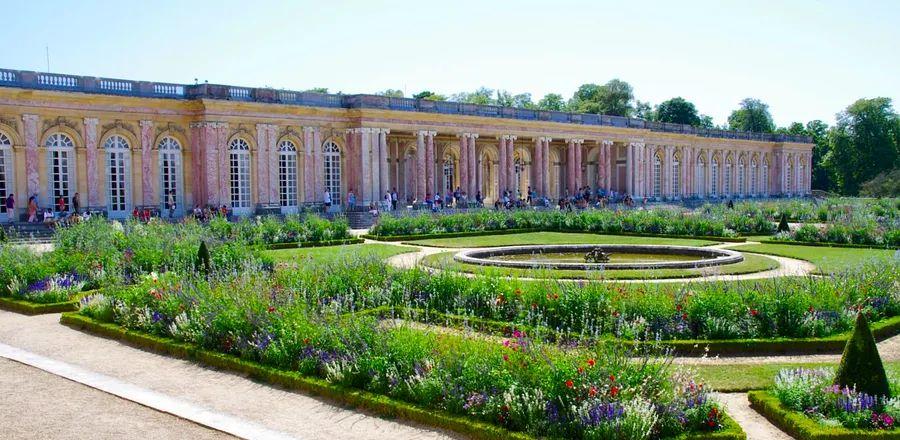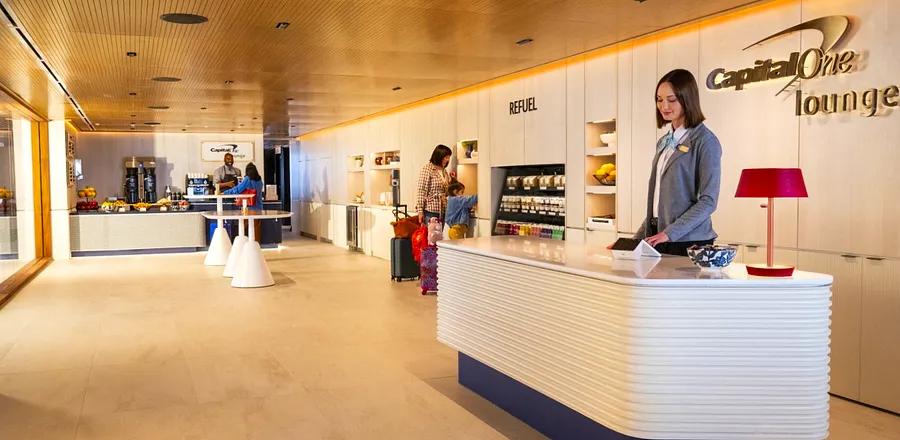8 Stunning Châteaux in France You Can Visit—or Even Stay Overnight

For centuries, thousands of châteaux across France have embodied a fairy-tale charm. Once the exclusive domain of nobility, featuring lavish interiors (Hall of Mirrors, anyone?) and towering roofs, these magnificent estates are now accessible to everyone. With a mere 20 euros and a free day, you can immerse yourself in royal luxury and history. Here are eight enchanting French châteaux to include in your next travel itinerary.
1. Château de Versailles
- Location: Versailles, France
- Visiting hours: Open from 9 a.m. to 6:30 p.m.; the palace is open year-round except on Mondays and May 1.
- Entry fees: Palace tickets start at €21, chateauversailles.fr
Originally built by King Louis XIII as a hunting lodge just 10 miles southwest of Paris, the château was transformed by his successor, Louis XIV, and Queen Marie Antoinette into a dazzling 721,182-square-foot palace and a symbol of French opulence: Château de Versailles. Today, visitors can explore the grand rooms, such as the Hall of Mirrors, admire countless paintings and exquisite furniture, and stroll through the expansive, beautifully manicured gardens to witness royal splendor. As of 2021, guests have the unique opportunity to spend the night, thanks to the launch of Airelles Château de Versailles, Le Grand Contrôle, a luxurious hotel situated within the Château de Versailles.
Versailles is open throughout the year (except Mondays and May 1), but the gardens are particularly enchanting on summer evenings when the fountains are lit. Tip: To avoid long lines, consider purchasing a skip-the-line ticket in advance.

Photo by Léonard de Serres/Château du Clos Lucé
2. Château du Clos Lucé
- Location: Amboise, France
- Hours: Hours vary by month; open year-round except December 25 and January 1.
- Entry: Tickets start at €18, vinci-closluce.com
This grand brick manor is renowned as the official and final residence of Leonardo da Vinci, situated just a quarter mile from the stunning Château Royal d’Amboise, which is the final resting place of the artist. In addition to its richly decorated interior boasting over 800 years of history, the château features a 15-acre park displaying 20 models of da Vinci’s inventions.

Photo by Neirfy/Shutterstock
3. Château d’Azay-le-Rideau
- Location: Azay-le-Rideau, France
- Visiting hours: Hours vary by month; open year-round except on January 1, May 1, and December 25.
- Admission: Standard tickets are €11.50; tickets.monuments-nationaux.fr
The UNESCO-listed Loire Valley boasts stunning buildings and castles, including the two-story Château d’Azay-le-Rideau. Built in the 1500s, this château features sharp roofs, turrets, and other elements that exemplify early French Renaissance architecture. Originally constructed on an island in the Indre River by Gilles Berthelot, who served as treasurer of France and adviser to King Louis XII.
While the intricately carved stone details—such as the salamander and ermine motifs representing King Francois I and Queen Claude—are truly mesmerizing, stepping back to view the structure as a whole is equally rewarding. A moat encircles the château, reflecting its beauty.

Jessie Beck
4. Château de Chantilly
- Where: Chantilly, France
- When to visit: Open daily (except Tuesdays) from 10 a.m. to 5 p.m. For the best experience, visit on a pleasant day to enjoy the expansive park and gardens.
- Visit: Tickets start at €18 chateaudechantilly.fr
Chantilly, located about an hour north of Paris by train or car, is celebrated for its rich equestrian traditions, the creation of Chantilly cream, and the stunning historic Château de Chantilly. Initially constructed for the Montmorency family in the 16th century and later enhanced by the Duke of Aumale, the château now serves as a public museum and garden. Visitors can easily spend a full afternoon enjoying the remarkable art collections in the Musée Condé and the beautiful adjacent gardens and park (both included with admission). Don't forget to stop by the small café and restaurant, where you can indulge in the region's renowned dessert, Chantilly.

Photo by Jessie Beck
5. Château de Maffliers
If you're looking to extend your day trip into an overnight adventure, consider pairing your visit to Chantilly with a stay at the nearby Château de Maffliers, Demeures de Campagne. This 19th-century residence, transformed into a hotel and renovated in 2020, offers guests the unique experience of sleeping in a historic French mansion, adorned with lavish decor including velvet sofas, chandeliers, and marble bathrooms. The opulence continues at the hotel’s upscale restaurant, Augustine, where guests can savor local delicacies such as roast duck, pâté, and fresh strawberries with Chantilly cream. Don't miss the opportunity to explore the region's esteemed equestrian culture with a morning horseback ride offered by the property's riding school.
Tip: Make sure to reserve a suite to secure a room in the château. There’s also a more budget-friendly option, the Novotel, located in a separate building on the grounds.

Photo by Joaquin Ossorio Castillo/Shutterstock
6. Château de Valençay
- Where: Valençay, France
- When to visit: Opening hours vary by month; open all year except December 25 and January 1.
- Visit: Tickets cost €14.50; chateau-valencay.fr
The Château de Valençay, with its distinctive L-shaped structure, features two wings that highlight the Renaissance and classical architectural styles. Established by the d’Estampes family in the 1500s, it reflects a strong Renaissance influence, partly due to the Great Italian Wars. In the 1700s, modifications were made to the west wing, showcasing classical details such as Ionic capitals.
Since its inception, the château has belonged to various prominent figures, most notably Charles Maurice de Talleyrand, who served as Napoleon's foreign minister. Many artifacts on display within the château originate from Talleyrand’s impressive collection of swords, medals, and other historical treasures.

Photo by Sergio da bosco/Shutterstock
7. Château d’Ussé
- Where: Rigny-Ussé, France
- When to visit: Opening times vary by month; open from February 13 to November 13.
- Visit: Adult tickets are priced at €14.50; chateaudusse.fr
Château d’Ussé stands out among many châteaux for being the inspiration behind the original Sleeping Beauty tale. The charm lies in its elaborate details, from the beautifully crafted ceiling in the guard room to the stunning 16th-century tapestries adorning the walls. Guests, especially children, will enjoy the life-sized mannequins throughout the château that depict scenes from the beloved story.
Even if fairy tales aren’t your thing, there’s much to appreciate here. Stroll along the ramparts of the château's towers and imagine the time when it served as a strategic fortress around 1000 C.E.

Photo by Yuri Turkov/Shutterstock
8. Château de Blois
- Where: Blois, France
- When to visit: Opening times vary by month; open year-round, excluding December 25 and January 1.
- Visit: Tickets for the château plus the Sound and Light Show are €21; chateaudeblois.fr
Unlike many châteaux, the Château de Blois does not exemplify a single architectural era. Instead, this Loire Valley palace is known for its eclectic mix of medieval, Gothic, Renaissance, and classical styles, resulting from its frequent renovations and reconstructions. Each section of the exterior reflects the popular architectural trends of its time, including its origins as a 13th-century fortress and the Renaissance residence of King Louis XII.
From April to September, the château's exterior serves as a stunning backdrop for a sound and light show that narrates its rich history, providing a contemporary way to engage with the château's past.
This article was initially published in 2019 and was last updated on February 12, 2024. Reporting contributions were made by Kimberley Lovato and Jessie Beck.

1

2

3

4

5
Evaluation :
5/5